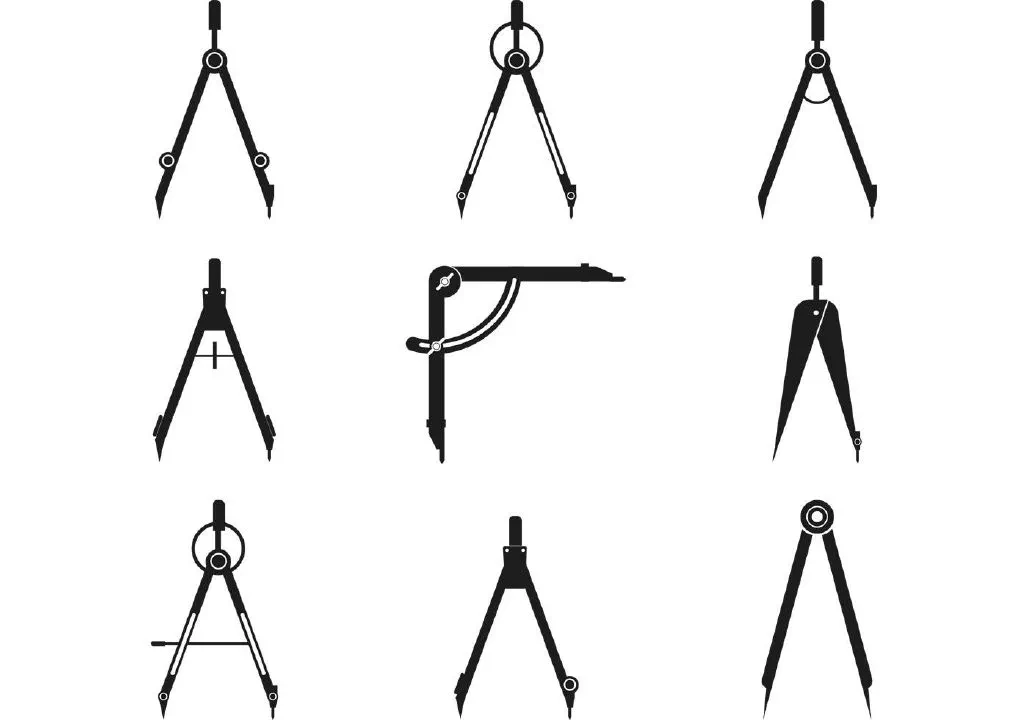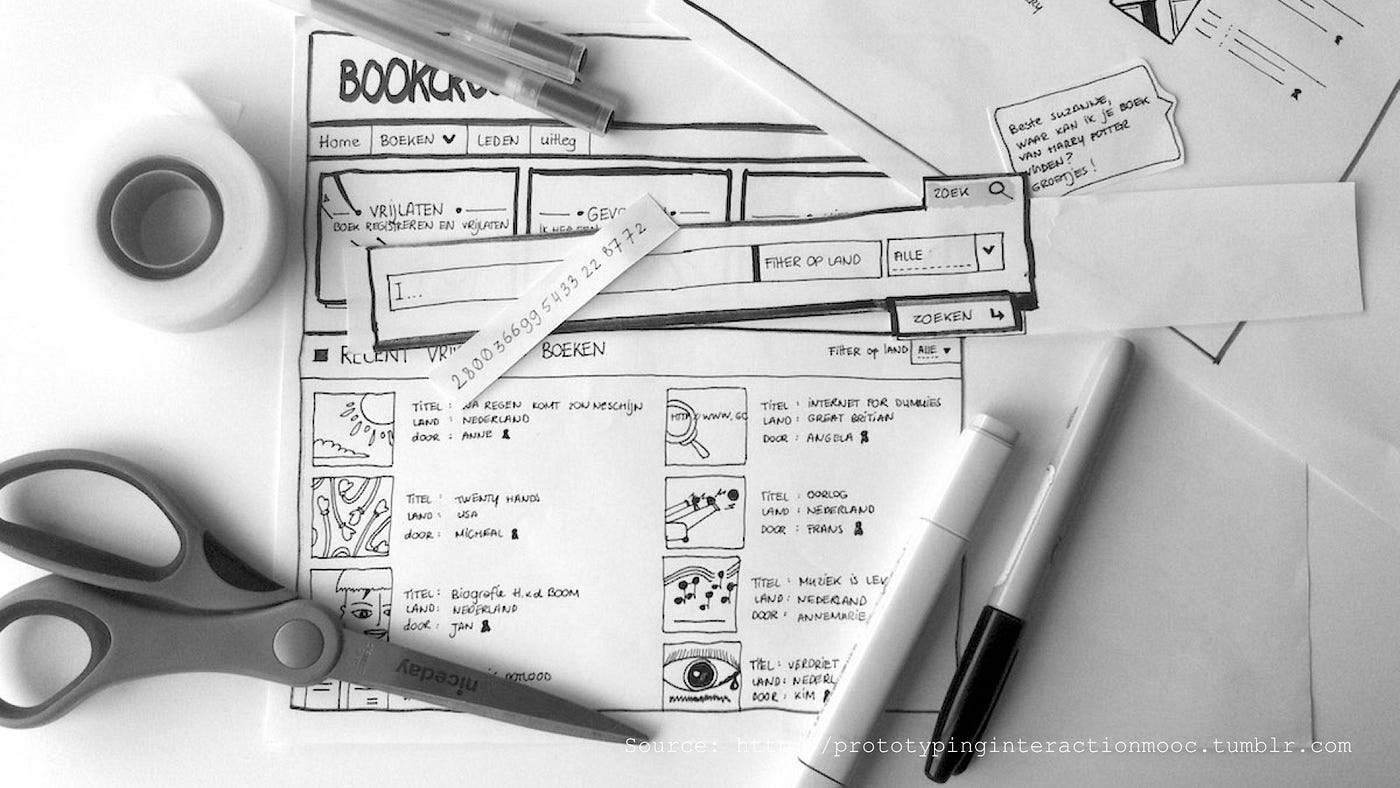
Tackling AI Bias: Identifying & Preventing Discrimination
13 Min read
Artificial intelligence (AI) has the potential to revolutionize numerous industries, but it is not without its pitfalls. …

The creation of prototypes and Minimum Viable Products (MVP) is essential in the product development process. You could, of course, jump straight in, spend months designing a perfect product with all the bells and whistles, and so on. But you will only discover at the release stage that there is zero demand for it. Either that, or you might have constructed it improperly. Or, you might have changed directions midway and created something far better
This is where minimum viable products (MVPs) and prototypes come in! They aid in establishing a product-market fit, gathering input from key stakeholders and end users, and generating excitement for a future release. They assist you and your designers and developers better articulate and discuss the product you’re creating
However, what exactly do the terms “prototype” and “MVP” say?
A prototype, therefore, is only a simplified version of your final version. A minimum viable product (MVP) is a stripped-down version of your product released early in its development cycle
That’s pretty much it!
I wish I could say it. Even though minimum viable products (MVPs) and prototypes (prototypes) are both used in agile product development, there are important distinctions between the two
Creating a prototype involves giving shape to your product concept. It’s not simply an idea - it can be held and examined in physical world
The size and scope of prototypes might change depending on the amount of work you put into them. It may be as basic as a drawing on paper, or it could be very sophisticated and interactive
The fundamental advantage of creating a prototype is that it improves communication between the design and engineering teams. What you need to do is provide them a blueprint of end product! Imagine it as the wrapping on a package that contains nothing. Nothing is really happening under the surface, but you can see what it appears like on the inside
The amount of complexity of your prototype is entirely up to you and your level of expertise
 Source: Medium prototypinginteractionmooc.tumblr.com
Source: Medium prototypinginteractionmooc.tumblr.com
Paper Sketches: If you can hold a pencil, you can handle anything! Sketch up a rough layout of your user interface. Consult a designer to create an item that conveys your message to investors and other stakeholders in an eye-catching way.
Digitialized version: You may also make a functional prototype of your future product using digital prototyping tools
Check the video below to get a sense on what’s digital prototype creation of app looks like
The difficulty of the tool should be considered when choosing a prototyping tool, since you may not require every feature available to make your prototype shine
If you’re just getting started and don’t have a ton of money to spend or a supercomputer, we suggest trying out Proto.io, a web-based tool. InVision, Figma, Balsamiq, Axure RP, Sketch (for Mac only), and Adobe XD are all excellent choices among standalone programs
Maximum Probable Value refers to the minimum viable product. In other words, it’s the most basic form of your product that nonetheless helps clients out. In his book, The Lean Startup, Eric Ries does an excellent job of describing it
MVP is a version of a new product that allows a team to collect the maximum amount of validated learning about customers with the least efforts
Consider this: if someone needed a ride from Point A to Point B but didn’t know the best route to go, you wouldn’t hand them the keys to a Tesla. Maybe you want to get started with a scooter or skateboard. A motorcycle is provided after receiving input that a motor is desired. It serves its purpose, but they are now demanding a watertight version with built-in media. They get a vehicle with a radio already installed
You may as well have handed them a skateboard with a Nintendo Wii attached to its front if you hadn’t tested it and know what works versus what doesn’t
Uber was founded by Travis Kalanick and Garrett Camp, who, having just sold their prior firms, saw an opportunity to create a cashless system for hailing and paying for black cars
In 2009, Camp developed an early version of ubercab.com and piloted it in New York and San Francisco. Historically, getting access to the service required emailing one of the creators. They developed a minimum viable product (MVP) that enabled users to text their addresses to the service and have Ubercab dispatch the closest available driver to their locations
Camp and Kalanick were able to construct the ride-hailing software with more sophisticated features like live monitoring, fare sharing, and trip estimations by first concentrating on a smaller market and gathering feedback. When Uber filed with the U.S. Securities and Exchange Commission to go public in 2019, it said it had 91 million active customers per month on average
Roommates Joe Gebbia and Brian Chesky in San Francisco identified an issue in 2007. IDSA is a major design conference in the Bay Area, and as such, nearby hotels were completely booked months in advance. They hypothesized that some travelers would be willing to pay less by staying in a private home rather than a hotel and set out to find out whether this was true
They wanted to see whether there was interest in renting their apartment, so they made a basic website with a listing. Using “AirBed&Breakfast” was successful. They proved their idea with three overnight visitors at their apartment. What, you have a new catchphrase? Avoid staying in hotels at all costs
Well-known entrepreneur Jeff Bezos started Amazon in his basement in 1994. He first compiled a list of nearly twenty products he imagined selling on the internet. To pilot his online store, he decided to start with books. Amazon.com launched after its creators finished building a minimum viable product (MVP) website including several book listings. He placed orders with the distributor and oversaw their delivery to customers whenever they purchased a book. In less than a month, he was making weekly sales of $20,000
Bezos’s focus on the customer experience has not wavered, even as his financial success has grown. He kept trying new things in an effort to raise profits and decrease expenses. Amazon has grown to become the biggest online store in the world. I’m sure you’ve heard of them
CloudFlex is recommending: Start MVP small and scale it
The key distinctions are, briefly stated,
Building a prototype and minimum viable product (MVP) goals are quite different. Put as little work as possible into a prototype. The aim is to rapidly generate several prototypes and then modify, adapt, and discard the ones that don’t work
To create a minimum viable product (MVP), you must commit to a concept and go forward with it. Inevitably, more time, energy, and personnel will be expended
Spending time and energy on a minimum viable product makes it less likely that you will abandon it entirely. Even though minimal viable product (MVP) is predicated on low development costs and fast iteration, scrapping it and starting again may be a difficult process.
If your prototype doesn’t work, just crumple it up and try again. In spite of the fact that more complicated prototypes use more resources, you are still less committed to them than you would be to a fully completed minimum viable product ( MVP).
Furthermore, your prototypes and minimum viable products (MVPs) will cater to distinct demographics. Internal prototypes are the norm. Intended mostly for your teams or other colleagues inside your organization. Give them out to the media to generate some interest, or use them to raise money via crowdsourcing at most. However, they are not designed to appeal to your target audience as a whole
As we’ve seen, the point of an MVP is to test the waters with your target audience. Remember, “P” is for “Product”! In the eyes of the public, an MVP is the deciding factor in whether or not they will upgrade to version 2
Read our big article about MVP and POC differences to get more details about it
MVP development The distinction between a prototype and an MVP (minimum viable product) has perhaps sparked some ideas for your next project. While the specific tools and information required to complete each kind of construction may vary, there are certain universal guidelines that can be used across the board
Many of the most successful businesses in the world attribute their continued growth to their dedication to satisfying their clientele. Remember that you’re making something for a specific audience, and that your efforts should be directed at meeting their needs
You don’t need a data science degree to be a product manager, but that doesn’t mean they aren’t important. If this is your first time developing a product, you may not yet have access to a large data collection, so you should carefully consider what information you want to get from your first prototype or mvp. It will be useful for future versions and later in the development process
It’s possible that your prototype or minimum viable product is fantastic. But if nobody else sees it, then it’s time to reconsider. If you release a product or service that has no demand, you can expect nothing but to fail
Forget about releasing a minimum viable product (MVP) until you’ve spent many hours developing your prototype. You may spend months developing and refining your minimum viable product. There comes a moment when you must release your creations into the wild if you are serious about product development
In other words, you are now prepared to Construct Big Thing. Your next move, if you haven’t already done so, may be to launch a side hustle
A minimum viable product (MVP) is a version of a product that has just enough core features to be useful to early customers, and is used to gather feedback for further development. The goal of an MVP is to quickly test the feasibility and desirability of a product idea with the least amount of effort and resources.
A prototype, on the other hand, is a preliminary model of a product that is used for testing and demonstration purposes. A prototype may include more features than an MVP, and is often used to explore design ideas and gather feedback from potential customers and stakeholders. In general, to build an MVP, plan to spend more resources
There are some key differences between MVPs and prototypes:
A prototype is a preliminary model of a product that is used for testing and demonstration purposes. It is often used to explore design ideas and gather feedback from potential customers and stakeholders.
A final product, on the other hand, is the completed version of a product that is intended for use by end real users. It has gone through all stages of development and testing, and is ready for sale or distribution.
There are several key differences between prototypes and final products:
The creation of prototypes and Minimum Viable Products (MVP) is essential in the product development process. A prototype is only a simplified version of your final product, while a minimum viable product is a stripped-down version of that product released early in its development cycle. Digital prototyping is the art of making a digital version of your product that conveys your message to investors and other stakeholders in an eye-catching way. Digital prototyping tools include InVision, Figma, Balsamiq, Axure RP, Sketch (for Mac only), and Adobe XD. Uber is the ride-hailing app set to go public in 2019. The difference between a prototype and minimum viable product (MVP) is important to understand
Forget about releasing a minimum viable product (MVP) until you’ve spent many hours developing your prototype or mpi - you may need to spend months developing and refining your mpi before it’s ready for release.

13 Min read
Artificial intelligence (AI) has the potential to revolutionize numerous industries, but it is not without its pitfalls. …

12 Min read
Quantum computing and artificial intelligence (AI) are two of the most revolutionary technological domains that are …
Looking for a solid engineering expertise who can make your product live? We are ready to help you!
Get in Touch